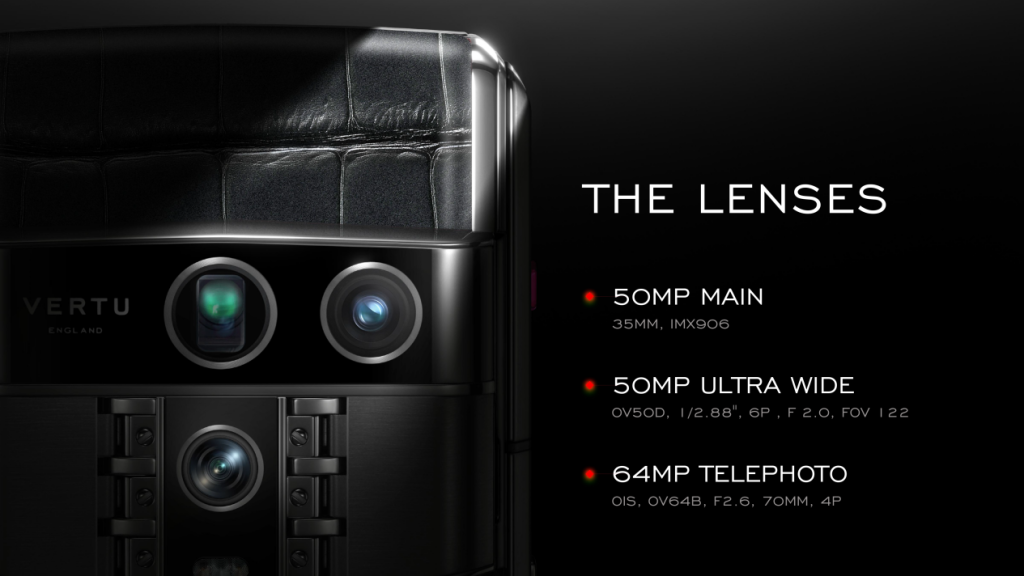Agent Q for the Great Outdoors: Essential Settings for Landscape Photography
The Agent Q camera system is equipped with powerful tools that make professional-grade landscape photography accessible. To capture sweeping vistas, dramatic skies, and powerful natural scenes, you must strategically utilize the 14mm Ultra-Wide Lens and master your exposure settings.
Here is your comprehensive tutorial on Agent Q settings and shooting considerations for stunning landscapes.
1. Agent Q Camera Settings Checklist
Before you press the shutter, ensure your Agent Q is optimized for high-quality, flexible landscape captures.
| Setting | Recommendation | Why It Matters | Key SEO Keywords |
| Lens Selection | 14mm Ultra-Wide (122° FoV) | Maximizes field of view, ideal for grand vistas and dramatic perspective. | 14mm ultra-wide, wide-angle landscape |
| Image Format | RAW | Captures the maximum dynamic range, crucial for post-processing high-contrast skies and shadows. | RAW format, dynamic range |
| ISO | ISO 100 – 200 | Ensures the cleanest image quality (lowest noise) for highly detailed landscape prints. | Low ISO, clean image quality |
| Aperture | f/4.0 – f/8.0 | A smaller aperture maximizes the depth of field, keeping both the foreground and the distant mountains sharp. | Deep depth of field, f/8 sharpness |
| Exposure Comp. | -0.3 EV (Optional) | Slightly underexpose to protect the highlights (bright clouds/skylight), retaining detail for recovery in post-processing. | Protect highlights, exposure compensation |
2. Mastering the Light: Time is Everything
Landscape photography is fundamentally about capturing light. The Agent Q guide highlights specific times when light is most dramatic.
The Golden and Blue Hours
- Golden Hour: The hour after sunrise and before sunset. The low, warm, diffused light creates a flattering, cinematic glow on textures and colors.
- Blue Hour: The 30 minutes after sunset or before sunrise. The light is cold, deep, and ambient. Switch to the 14mm lens to capture the deep, atmospheric blue color of the sky, perfect for urban landscapes or twilight scenes.
Capturing Drama: Storm Light and Rainbows
- Dramatic Light: Look for light at the edge of a storm (oblique light). This side-lighting creates intense shadows and highlights, emphasizing texture and volume, a technique championed by masters like Ansel Adams.
- Rainbow Capture: As noted in the guide, Agent Q’s ability to capture wide scenes makes it ideal for framing a post-rain rainbow. Ensure your ISO is low and exposure is balanced to capture the full spectrum of colors without blowing out the sky.
3. Composition for Landscape Impact
An ultra-wide lens, like Agent Q’s 14mm, requires careful compositional choices to manage distortion and create a sense of depth.
Utilize Leading Lines (The Ultimate Guide)
- Technique: Use natural elements like roads, fences, rivers, or pathways to draw the viewer’s eye from the foreground into the background. This is the most effective way to utilize the depth created by the wide-angle lens.
- Foreground Importance: Since the 14mm lens makes the background appear small, always find an interesting foreground element (e.g., a rock, a flower, a piece of driftwood) to anchor the composition and provide scale.
Symmetry and Reflective Surfaces
- Application: When shooting still water, architecture, or repetitive natural patterns, use Symmetrical Composition. Place the horizon line centrally or slightly off-center to emphasize the reflective quality of the scene.
Stability is Non-Negotiable
- Dual Stabilization: While Agent Q's OIS + EIS Dual Stabilization is excellent, for optimal landscape sharpness (especially with low ISO and long exposure times at dawn/dusk), a tripod is highly recommended. Any slight camera shake will be magnified when viewing detailed landscape shots.
Go beyond the snapshot. With the right settings on your Agent Q, you can capture the true grandeur of the world.







